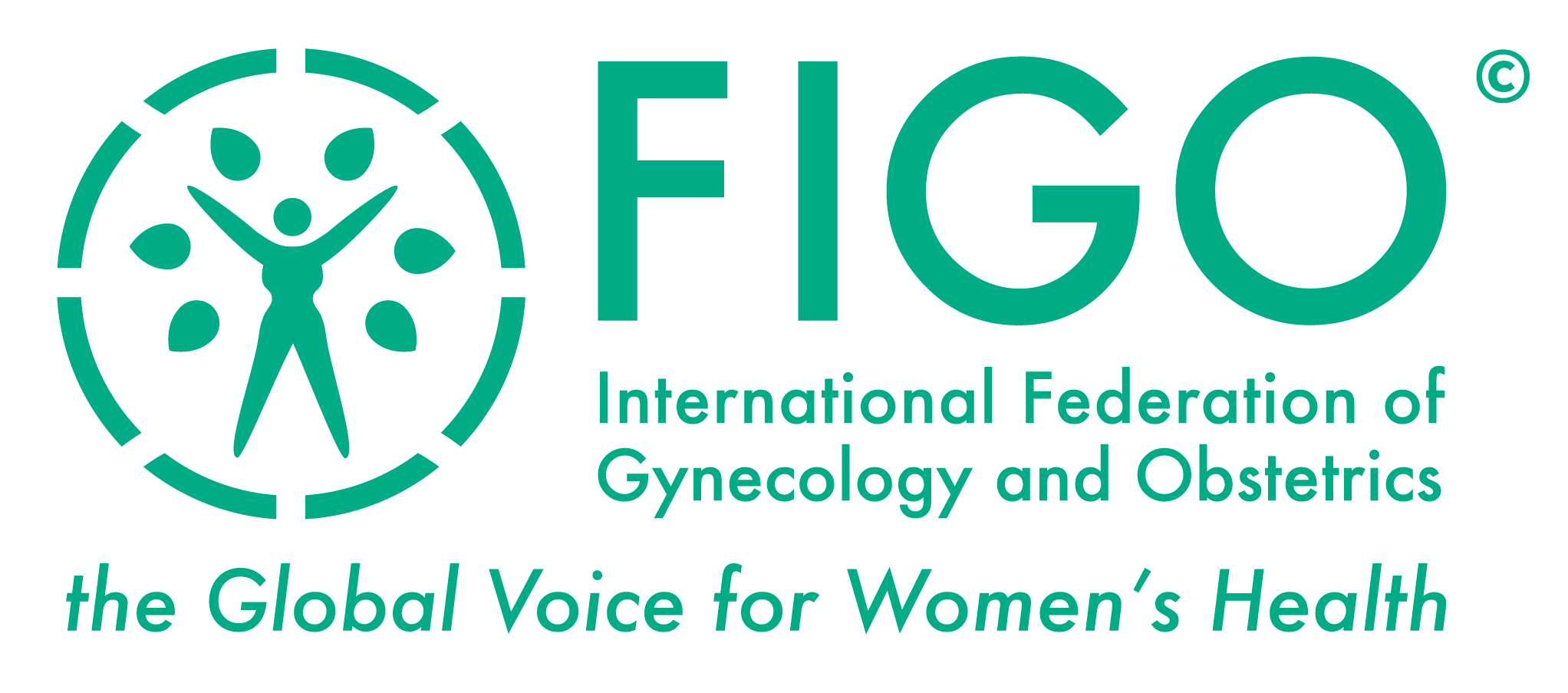Cooper TG, Noonan E, von Eckardstein S, Auger J, Baker HWG, Behre HM et al.
World Health Organization reference values for human semen characteristics. Hum Reprod Update 2010; 16(3):231-245.
BACKGROUND:
Semen quality is taken as a surrogate measure of male fecundity in clinical andrology, male fertility, reproductive toxicology, epidemiology and pregnancy risk assessments. Reference intervals for values of semen parameters from a fertile population could provide data from which prognosis of fertility or diagnosis of infertility can be extrapolated.
METHODS:
Semen samples from over 4500 men in 14 countries on four continents were obtained from retrospective and prospective analyses on fertile men, men of unknown fertility status and men selected as normozoospermic. Men whose partners had a time-to-pregnancy (TTP) of < or =12 months were chosen as individuals to provide reference distributions for semen parameters. Distributions were also generated for a population assumed to represent the general population.
RESULTS:
The following one-sided lower reference limits, the fifth centiles (with 95th percent confidence intervals), were generated from men whose partners had TTP < or = 12 months: semen volume, 1.5 ml (1.4-1.7); total sperm number, 39 million per ejaculate (33-46); sperm concentration, 15 million per ml (12-16); vitality, 58% live (55-63); progressive motility, 32% (31-34); total (progressive + non-progressive) motility, 40% (38-42); morphologically normal forms, 4.0% (3.0-4.0). Semen quality of the reference population was superior to that of the men from the general population and normozoospermic men.
CONCLUSIONS:
The data represent sound reference distributions of semen characteristics of fertile men in a number of countries. They provide an appropriate tool in conjunction with clinical data to evaluate a patient's semen quality and prospects for fertility.
